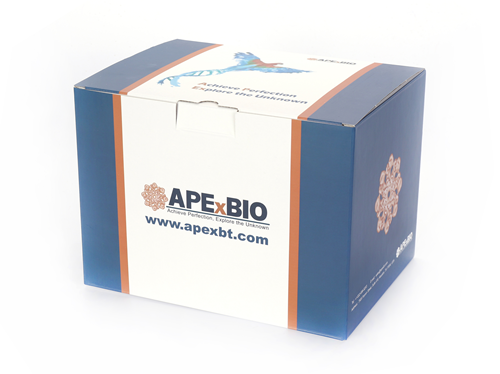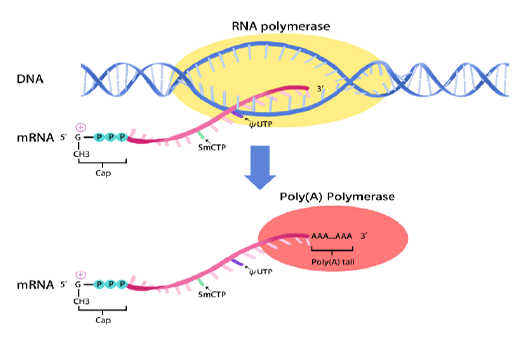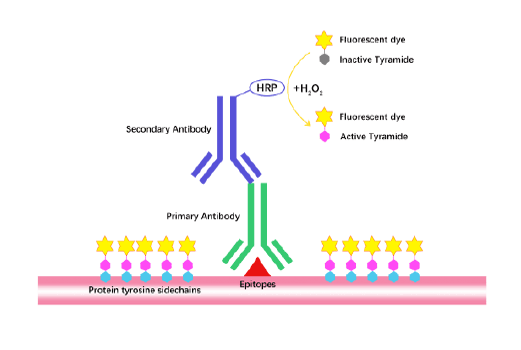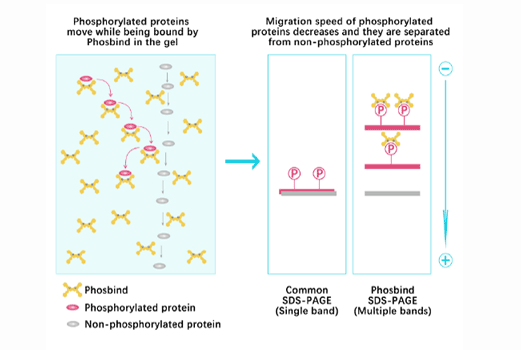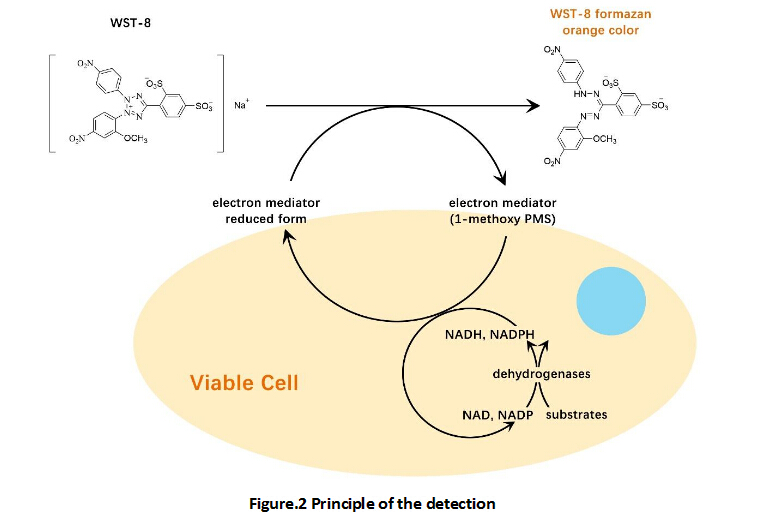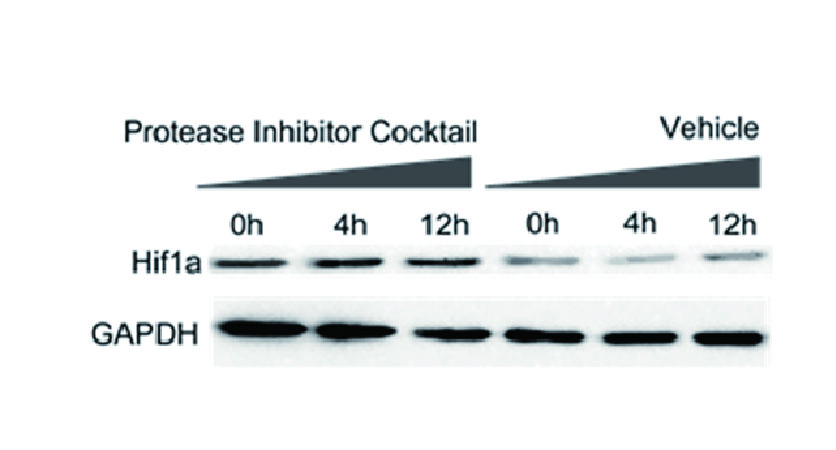Glycodehydrocholic acid
Glycodehydrocholic acid is a bile acid glycine conjugate, formed by the combination of dehydrocholic acid and glycine through an amide bond, and it is a derivative form of secondary bile acids. It is produced in the body through the metabolism of intestinal microorganisms and liver binding reactions, combining the liposolubility of bile acids with the polar characteristics of glycine. Studies have shown that this compound has potential value in the diagnosis of various diseases: when the body develops cancer (such as liver cancer, gastrointestinal tumors), abnormal metabolic pathways may lead to characteristic changes in glycine dehydrocholic acid levels in serum or tissues; In addition, in liver and biliary system diseases (such as cholestasis and liver cirrhosis) and metabolic disorder diseases, the concentration fluctuations are also related to the pathological process. As an endogenous marker, it reflects liver metabolic function and the state of intestinal microbiota-host interaction by participating in the composition and regulation of the bile acid pool. Its abnormal expression can assist in the differential diagnosis of diseases and provide directions for exploring the mechanism of disease occurrence and developing new diagnostic indicators.
| Physical Appearance | A solid |
| Storage | Store at -20°C for 3 years. |
| M.Wt | 459.58 |
| Cas No. | 3415-45-0 |
| Formula | C26H37NO6 |
| Shipping Condition | Small Molecules with Blue Ice, Modified Nucleotides with Dry Ice. |
| General tips | We do not recommend long-term storage for the solution, please use it up soon. |


